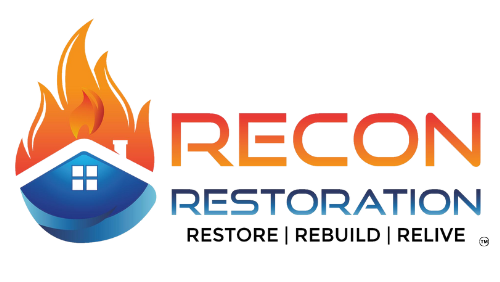A mold infestation can be a real nightmare for homeowners, especially in Mississippi where the hot, humid weather creates the ideal environment for it to thrive. If mold isn’t removed promptly, it can cause extensive damage to your home and pose a serious health risk, and getting rid of it completely can be costly. To make matters worse, homeowners insurance will typically only cover mold remediation in certain circumstances, and successfully filing a claim can be difficult.
That’s why Recon Restoration offers our clients insurance claims assistance for mold remediation to help them navigate the often complicated process. Read on to learn when you are and aren’t covered for mold remediation.
When Is Mold Covered by Homeowners Insurance?
Generally, homeowners insurance only covers mold remediation when it is the result of a “covered peril” — that is, an event explicitly covered by the policy. For example, if a water pipe bursts causing water damage and subsequent mold growth, your insurance company is likely to approve the claim. The same would be true for damage and mold caused by a leaky hot water heater, a storm, water used to put out a fire, and other such events.
When Is Mold Not Covered?
If the mold infestation is the result of what the insurance company considers as neglect, such as unrepaired long-term leaks, improperly sealed windows and doors, poor ventilation, or gradual water and moisture intrusion, it likely won’t be covered. In their view, these situations are preventable through regular home maintenance and upkeep, and the responsibility is entirely on the homeowner.
Limitations and Additional Coverage Options
Even when mold is covered, there may be limits on how much the company will pay out. Many policies will have caps on remediation and restoration expenses, ranging from $1,000 to $10,000 depending on the policy. So even if your claim is approved, you may still face significant out-of-pocket expenses if the damage is extensive. To bridge this gap, some insurers offer additional mold coverage endorsements to raise your limits and give you better protection against mold-related damages. These will, of course, raise the cost of your premiums.
Preventive Measures and Policy Review
To help prevent a mold infestation and ensure you’re covered if it does strike, make sure you take proactive measures to keep mold at bay, including quickly repairing water leaks, controlling humidity, and ensuring proper ventilation in mold-prone areas. It’s also important to review your homeowners insurance policy for specifics about coverage, and talk with your insurance agent about available options to increase your mold protection.
Contact Recon Restoration with any questions about mold remediation in Central and South Mississippi.

